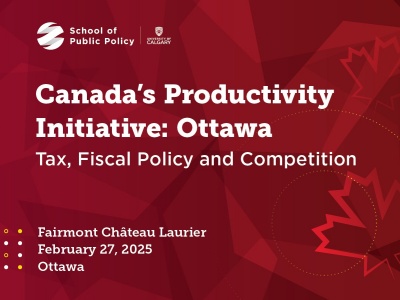Thousands of Albertans slip to ‘lowest level of the social safety net’ as EI benefits run out

The number of Albertans receiving income assistance from the province has spiked as many of those who have been unemployed for an extended period of time have seen their federal EI benefits run out. (Reuters)
The number of people receiving income support in Alberta has jumped 28 per cent in the past year and the vast majority of that increase is among people who are looking for work — a consequence of federal EI benefits running out.
“That’s what’s happening here,” said University of Calgary economist Ron Kneebone, who has been delving into the provincial data.
“We’ve got people who have exhausted EI and now they’re moving on to the next level — the lowest level — of the social safety net.”
Nearly 12,000 more Albertans were receiving income support in January compared to a year earlier, and roughly 8,000 of those were able and available to work.
That category of recipients has been the fastest-growing over the past several years, growing by 167 per cent since January 2013, even when accounting for population growth.
Community and Social Services Minister Irfan Sabir cited the crash in oil prices and resulting economic downturn as the primary drivers of the recent increases in income support.
He noted the province boosted funding for this area in its latest budget by $120 million over 2016 levels.
But he hopes — and expects — this will be a short-term measure, as there are signs the provincial economy is rebounding.
“Job loss for many people is temporary and they will get back into the job market, but our supports will be there,” he said.
“We will have Albertans’ backs.”Sabir also noted the province is investing in education and job-training supports as well as infrastructure projects aimed at creating more jobs in the short term.
Kneebone, however, noted longer-term trends show an ongoing increase in Alberta’s income-support caseloads.
The numbers spiked during the 2009 recession, too, and then dropped back down, but not to pre-recession levels, before rising again in the last couple of years.
Kneebone said the current situation is particularly challenging for people who have been unemployed for months — even years — and continue to struggle in their quest to find work.
He’ll be keeping an eye on another data indicator over the next little while — inter-provincial migration numbers — as he suspects many Albertans will begin to look for other options.
“People are now going to have to start making decisions. Maybe they should be moving to where jobs are more plentiful,” he said.
“So it’ll be the reverse of what we saw in Alberta for a lot of years: that people were moving to Alberta, finding jobs. And now that those jobs have dried up, some people may be choosing to move out of the province.”
Source: CBC


